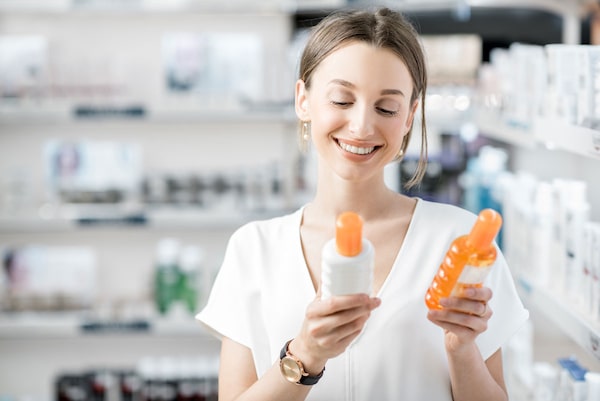
Sunscreens have been proven to be safe and effective, but they have to be applied – and reapplied – correctly.SUPPLIED
The difference between UVA and UVB, and why it matters
Awareness about the adverse effects of sun exposure on our health is growing, and a better understanding about how ultraviolet (UV) radiation affects our skin can help Canadians to better protect themselves and their families.
Research has debunked the misconception that sun damage is solely linked to the reddening of the skin and sun burns, which are primarily caused by exposure to UVB rays. “Both UVB and UVA rays are known to harm skin cells, which can lead to DNA damage and skin cancer,” says Aleyna Zarras, skin expert for La Roche-Posay, L’Oreal Canada.
Of the UV radiation that reaches us, UVB rays make up only five per cent while 95 per cent are UVA, which are linked to such adverse effects as sun allergies, photo aging and the weakening of the immune system, she says.
What’s more, UVA radiation is present throughout the day and year-round, even in the shade and behind glass, says Zarras. That’s why paying attention to sun protection only on cloudless days is not enough, and neither is choosing a sunscreen based on the Sun Protection Factor (SPF) alone.
“Experts recommend sunscreen with an SPF of at least 30, but this number only indicates its efficacy for UVB rays,” says Zarras, who suggests using “broad-spectrum” sunscreens, which offer protection against UVB and UVA – and display the Health Canada logo of the letters UVA placed within a circle.
Produced by Randall Anthony Communications. The Globe’s Editorial Department was not involved in its creation